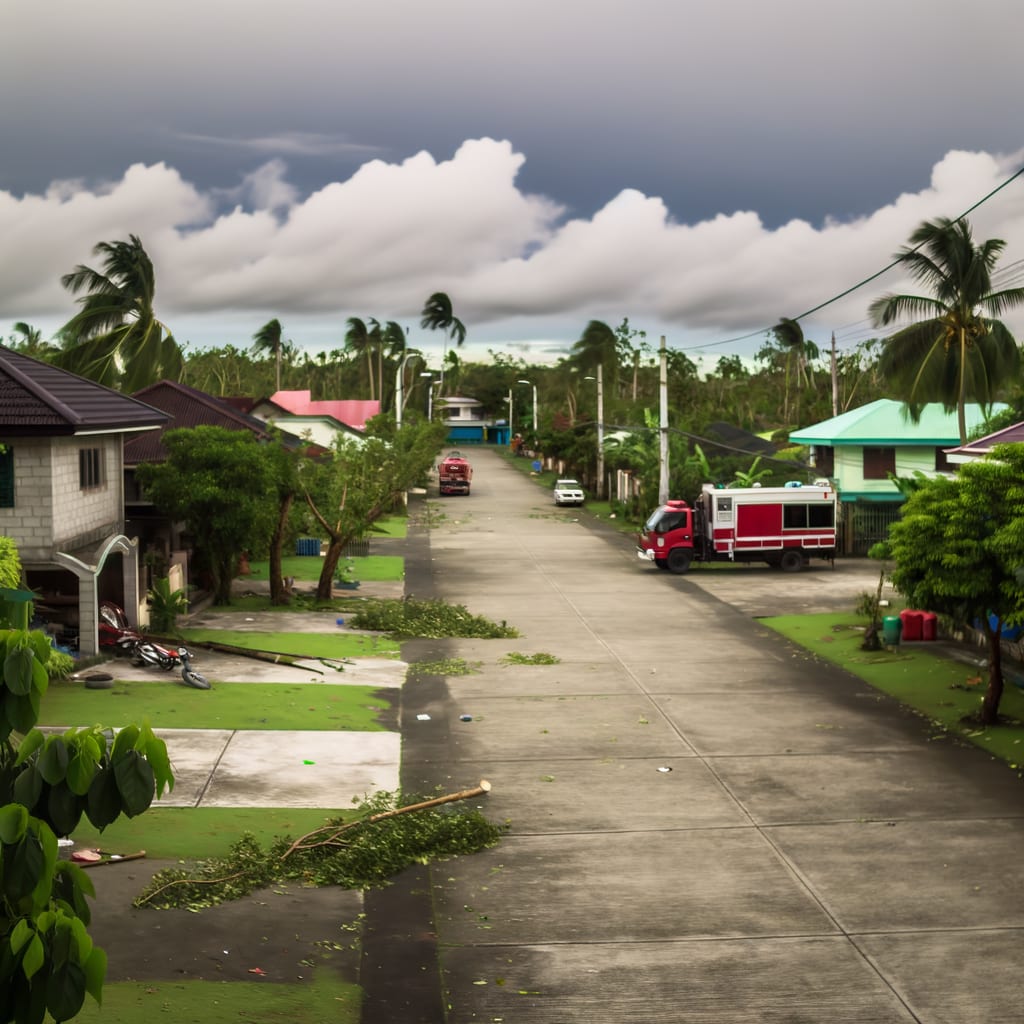Over 150,000 Evacuated as Typhoon Kalmaegi Hits Philippines
The Philippines is currently grappling with the impact and aftermath of Typhoon Kalmaegi, locally known as Tino, which hit the country earlier this week. The typhoon, which was the 20th to hit the country this year, caused widespread devastation, prompting evacuations and leaving a trail of destruction in its wake.
Background
Tropical Cyclone Tino formed east of the Philippines last weekend, quickly strengthening and reaching typhoon status before making landfall. The system entered the Philippine Area of Responsibility on Sunday, with sustained winds of 52mph and gusts up to 65mph. The storm tracked westward, intensifying into a typhoon within 24 hours before making landfall over the Caraga or Eastern Visayas by Tuesday morning1.
Evacuations and Impact
As the typhoon approached, authorities initiated evacuation procedures. Over 150,000 people were ordered to leave their homes in coastal provinces2. The typhoon brought strong winds, torrential rains, and significant storm surges3. Authorities warned of potentially destructive winds and waves reaching up to 3 meters high4.
Despite the evacuations, many were trapped in their homes and buildings due to the extensive flooding caused by the typhoon5. The typhoon, with winds of 150km/h and gusts of up to 205km/h, made its first contact in Dinagat Islands province, part of the Visayas island chain, before 11pm local time2. The storm is forecasted to move across the Visayas and emerge over the South China Sea6.
Death Toll and Damage
The aftermath of Typhoon Kalmaegi has been devastating. Residents sought refuge on rooftops as cars floated through flooded streets on the island of Cebu7. At least two people have been confirmed dead7, and the flooding was powerful enough to move shipping containers in Cebu province8.
Conclusion
At present, authorities are still assessing the full extent of the damage caused by Typhoon Kalmaegi. With the storm forecast to move over the South China Sea, the country now faces the challenge of recovery and rebuilding6.

